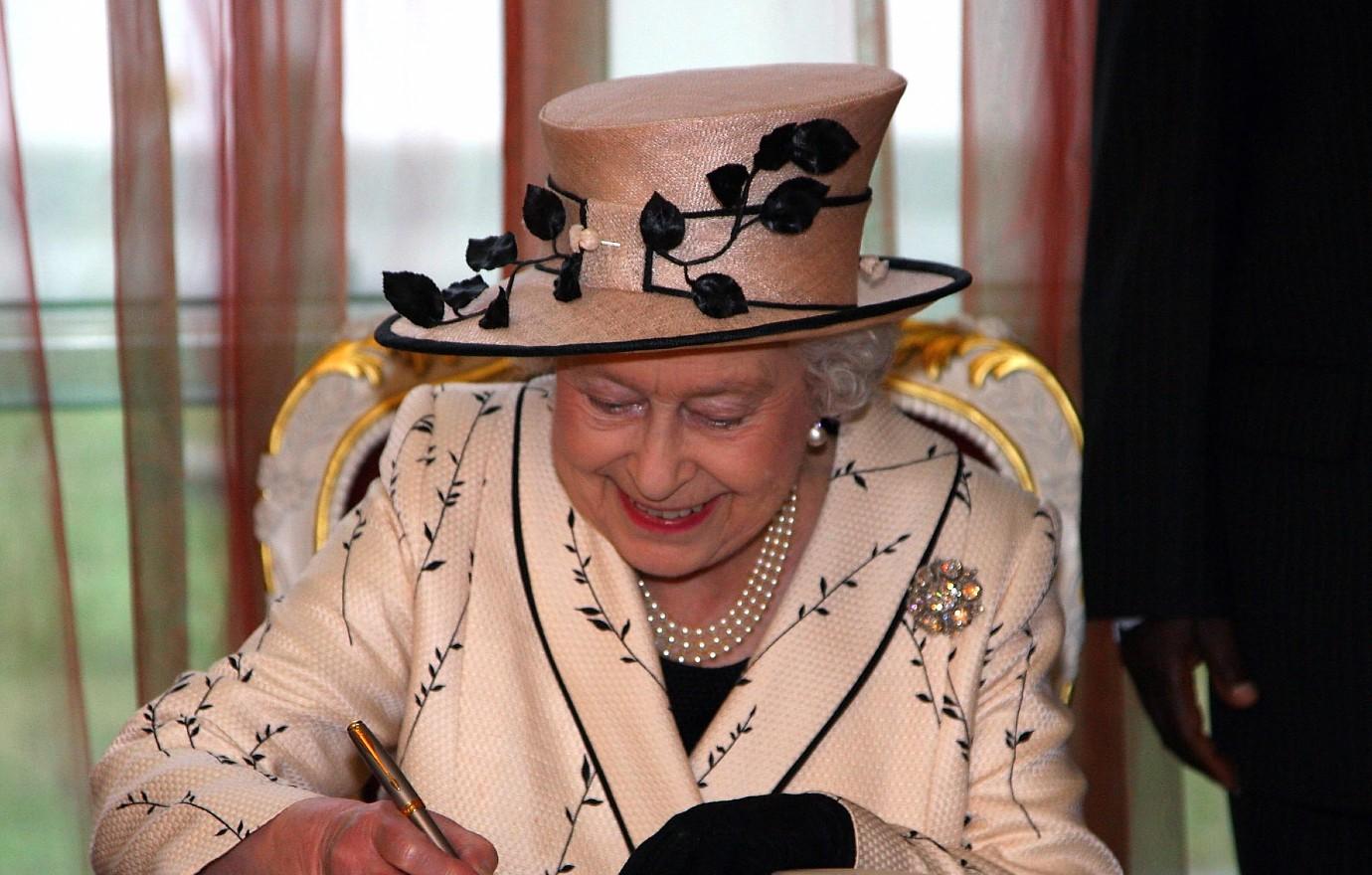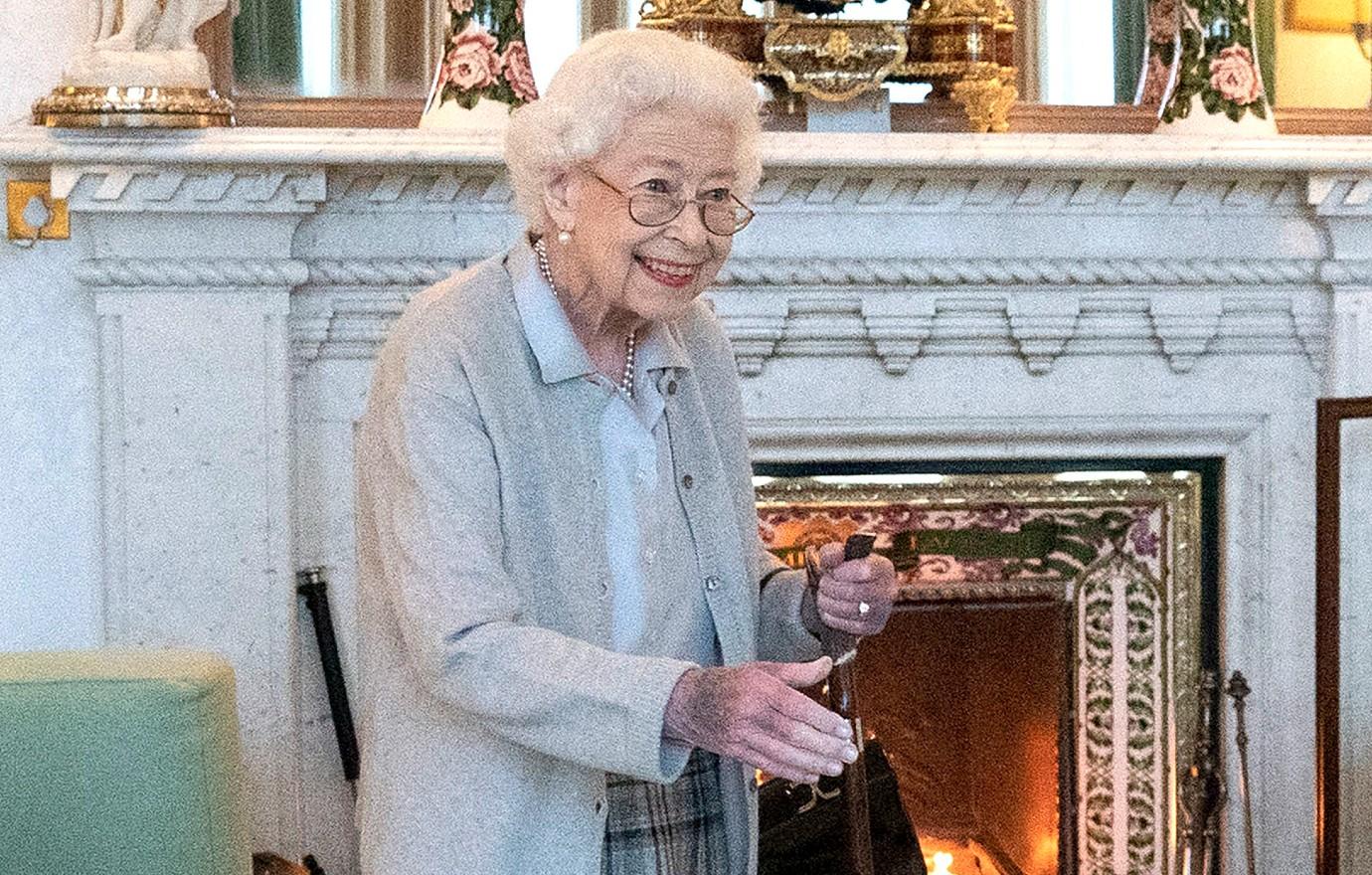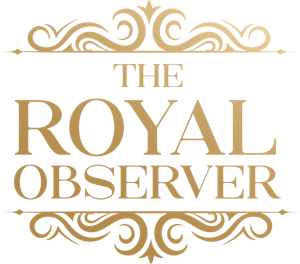What Will Happen Now That Queen Elizabeth Has Died? Inside The 10-Day Plan Known As 'Operation London Bridge'

On Thursday, September 8, the monarchy confirmed Queen Elizabeth has passed away at age 96.
"The Queen died peacefully at Balmoral this afternoon," Buckingham Palace revealed in a statement. "The King and The Queen Consort will remain at Balmoral this evening and will return to London tomorrow."
While the loss is a great tragedy for the country, everyone will have to muster up the strength to follow the protocol known as Operation London Bridge, which details how things will play out within the next 10 days.
Scroll down to find out how things will unfold.
Within the first few hours after her passing — which are referred to internally as "D-Day" — a "call cascade" took place so that the Prime Minister, the cabinet secretary and other high-ranking officials were among the first to hear the sad news.
SEE PRINCESS CHARLOTTE BECOME THE STAR OF THE SHOW AT COMMONWEALTH GAMES — THE ADORABLE PHOTOS
Flags were then lowered to half-mast. The royal family's website quickly changed to a black backdrop that featured the palace's message and an image of the Queen. All non-urgent matters are now prohibited from being published.

Next, the royals will reveal details on the funeral, which will likely take place 10 days after the matriarch's death. The Prime Minister will then make a statement, being the first government official to do so.
At around 6 p.m., the prime minister will introduce Prince Charles as the new King. The following day, the Accession Council will proclaim King Charles as the new sovereign at a meeting and then do so publicly.
Two days after Elizabeth's death (referred to as D-Day+2), her coffin will return to Buckingham Palace.
"If she dies at Balmoral in Scotland, Operation UNICORN will be activated, meaning her body will be carried down to London by royal train if possible," the paperwork says.
FAMILY OUTING! KATE MIDDLETON & PRINCE WILLIAM TAKE PRINCE GEORGE TO WIMBLEDON MATCH — PICS
On D-Day+3, King Charles "will receive the motion of condolence at Westminster Hall" and then head off on a tour of the U.K., and the following day, there will be a rehearsal for when the coffin is transferred from Buckingham Palace to the Palace of Westminster, which is known as Operation Lion.

On D-Day+5, the coffin will arrive at the Palace of Westminster, where it will stay for three days.
"Her coffin will lie on a raised box known as a catafalque in the middle of Westminster Hall, which will be open to the public for 23 hours per day," states the doc. "Tickets will be issued for VIPs so they can have a time slot."
The very next day, funeral rehearsals will take place.
Leading up to D-Day+10, the country will be busier than ever, as they expect unprecedented crowds. On the day of the funeral, known as a Day of National Mourning, there will a two-minute moment of silence.
Processions will take place in London and Windsor, with the ceremony occurring at Westminster Abbey. The queen will then be buried at the King George VI Memorial Chapel.
